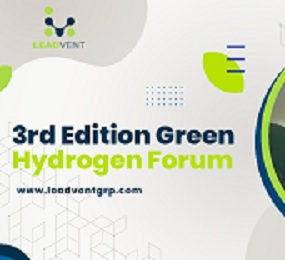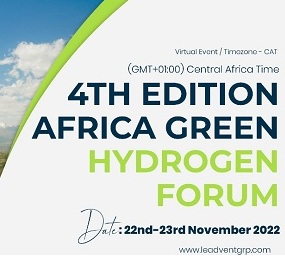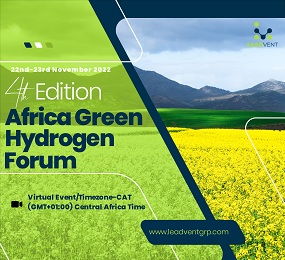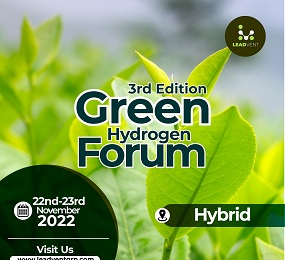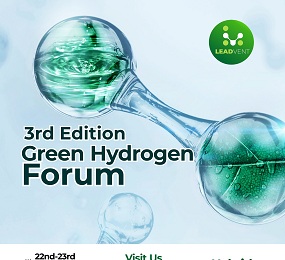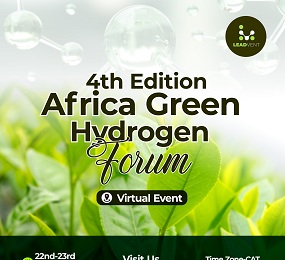Green Hydrogen Production Methods: Electrolysis, Biomass Conversion, and More
Green hydrogen, heralded as a cornerstone for a sustainable energy future, can be produced through several innovative methods. Electrolysis is a predominant technique, where water is split into hydrogen and oxygen using renewable electricity. This method is especially advantageous due to its simplicity and the direct use of clean energy sources like wind and solar. Additionally, advancements in electrolyzer technology are continuously reducing costs and improving efficiency.
Another promising approach is biomass conversion. This method utilizes organic materials such as agricultural waste and algae. Through processes like gasification and pyrolysis, biomass is transformed into hydrogen. This not only produces hydrogen but also offers a way to manage waste sustainably, creating a circular economy model.
Other methods include photolysis and thermolysis. Photolysis leverages sunlight to split water molecules directly, whereas thermolysis uses high temperatures, often derived from solar concentrators, to achieve the same result. Both techniques are still in experimental stages but hold potential for future large-scale applications.
Each method presents unique advantages and challenges, but collectively, they contribute to a diversified and resilient green hydrogen production landscape, essential for achieving global carbon neutrality goals.
Visit our website to know more: https://www.leadventgrp.com/events/9th-edition-green-hydrogen-forum/details
For more information and group participation, contact us: [email protected]
Leadvent Group - Industry Leading Events for Business Leaders!
www.leadventgrp.com| [email protected]




